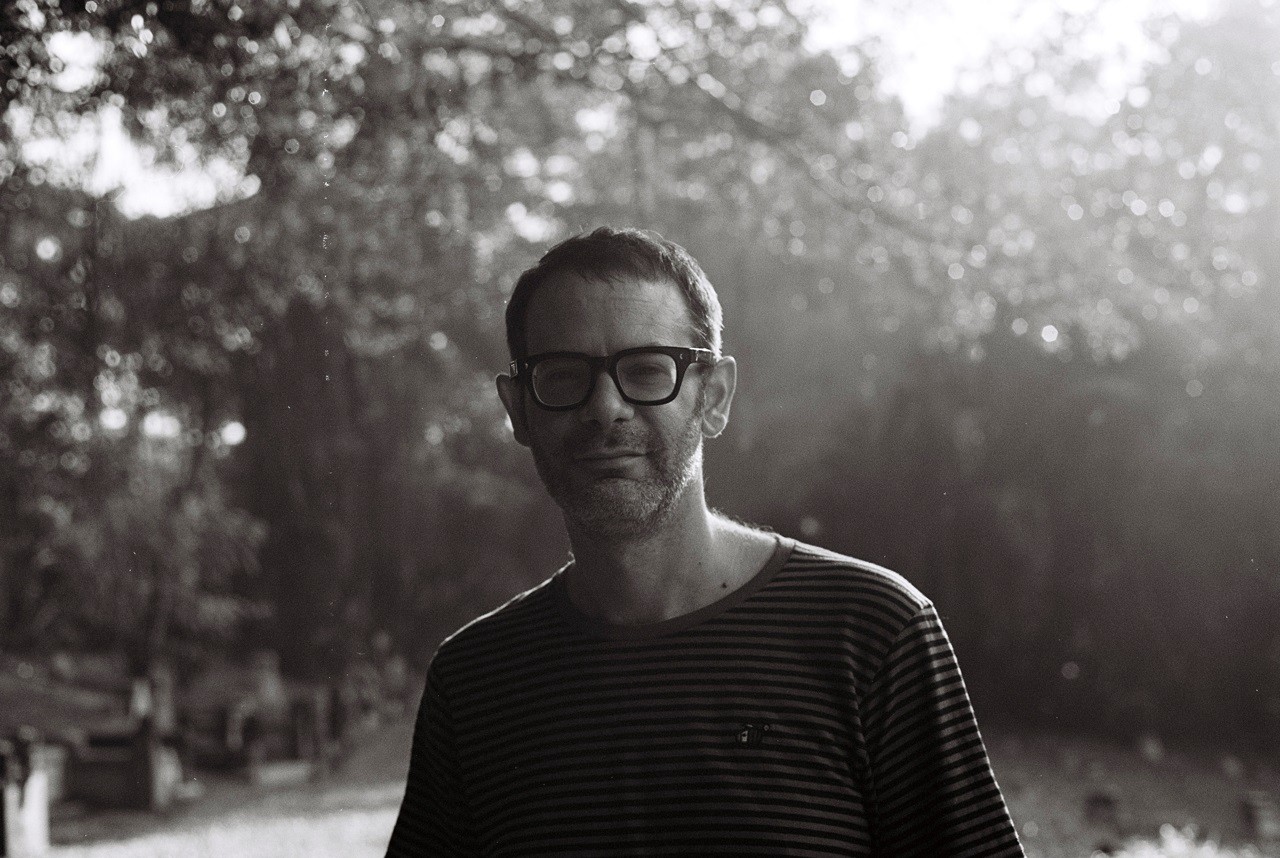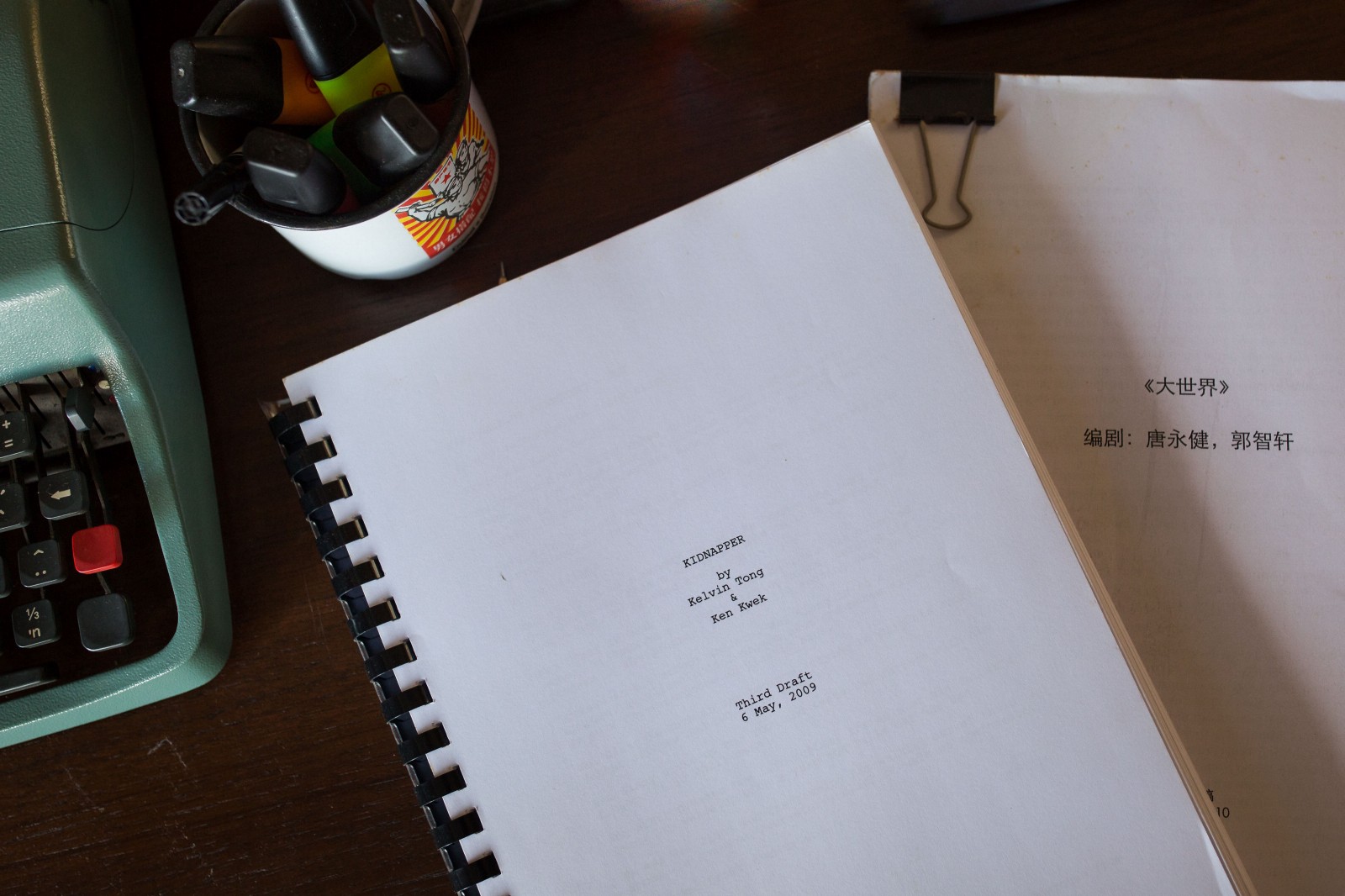NANG 4: Note

What follows is a short opening text penned by yours truly and first published in Issue 4 of the magazine (pp. 2-3).
From the beginning of its publication, NANG has endeavoured to offer a sustained and inspiring focus on Asia’s cinema and cinema cultures. However, no matter how fluid or nuanced, a geographical frame of reference such as “Asia” is always a matter of convenience and artifice. You may well say that the preposition “in” used in our tagline — A 10-issue magazine dedicated to cinema in Asia — was waiting to be troubled and recast. With the deceptively simple act of inserting an “out” after the existing “in” (and almost letting the ampersand, that most expressive glyph, to suggest the entanglement and oscillation between the two), guest editors Julian Ross and Maryam Tafakory did precisely that. And, given the sense of intimacy, emotional depth and many yet-untold stories, this Issue manages to piece together a truly ambitious narrative of those films, filmmakers and artists which, in more ways than one, are or have been in-transit. For this, let me thank Julian and Maryam and their remarkable team of contributors for their time, effort and trust.
In a break with tradition, and in a modest attempt to respond to the theme of this Issue, I would like to take this opportunity to share here a circa 1970s postcard which serendipitously fell into my hands at an antique store in central Ho Chi Minh City (Saigon), Vietnam.
© Fotocelere Torino (unknown photographer)
The front is that of a typical souvenir postcard, featuring as it does a scenic stretch of the Lake Maggiore, at the border between Italy and Switzerland. But the writing on the back could not be in more stark contrast with the tranquility of the lake setting. Mr Khôi is writing, in Vietnamese, to Signorina (Italian for “Miss”) Trân Ánh Tuyết at a Toulouse address, in neighbouring France. He explains that he is still unable to stay put in one place, and work commitments keep him wandering here and there. On his way back, he adds, he may stay in the Lake Geneva area. He cannot therefore let her know his address and, as a result, she cannot send him a letter, something he misses very much.
A simple yet layered message, sent in a simple yet layered way, cropped up again decades later in a far-flung — foreign? — context and locale, this postcard becomes an “accented” medium (as Hamid Naficy would have it), a collision between roots and routes, here(s) and elsewhere(s)…






